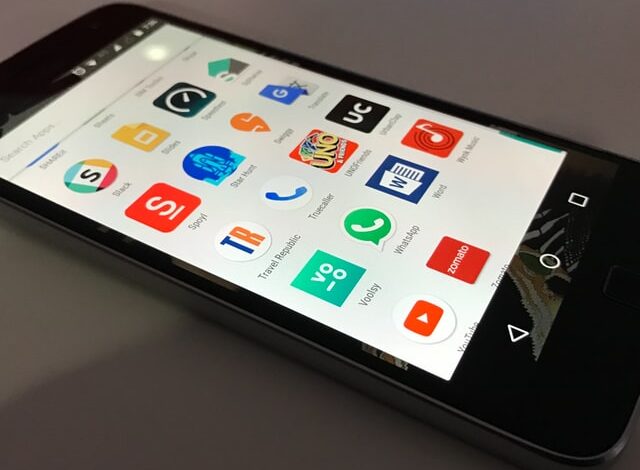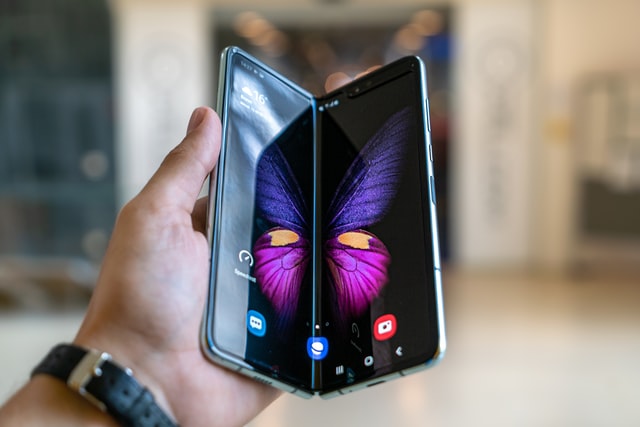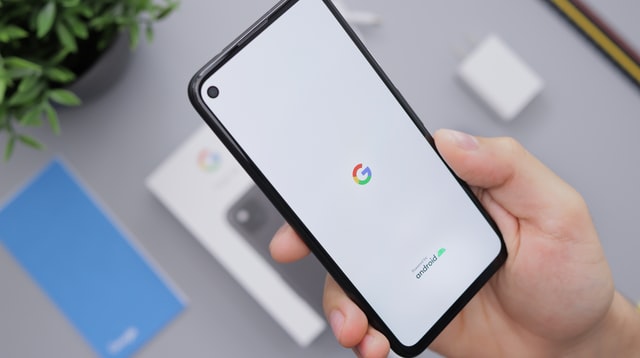Five Latest Trends for Android Phones

If there is one gadget that has seen the fastest and most significant transformation in the past decade, it is the smartphone.
When you compare laptops or desktops that came out ten years ago, they are not too dissimilar from the ones that were released in 2021. But smartphones are very different.
A smartphone that came out in 2011 is drastically different from the 2021 models. Not only do the latter models do better when you load up games with impact, but they are also sleeker in design.
If you are an Android smartphone enthusiast, you are probably curious about the latest trends in the sector. Below are the five most interesting trends to emerge within Android smartphones.
1. 6.5-Inch Screens or Larger
There was a time when having a smartphone with a 5-inch screen felt like you were carrying a giant device in your pocket. People were familiar with older iPhones and Android phones that had screens ranging from 4 inches to 4.5 inches.
Now the 5-inch smartphone may feel like a tiny toy compared to modern devices, which are increasingly 6.5 inches or larger. That is a trend that has become very clear if you look at data of phones that came out in the past 12 months.
Almost a third of people who own an Android smartphone have one that is 6.7 inches or larger. Another sizable group has smartphones with screens that are 6 inches or larger, showing that people increasingly prefer these bigger smartphones that act like mini tablets.
One of the reasons why larger phones are the new trend is because people use their smartphones like a computer. If we are spending all our time browsing the web, messaging friends and family, browsing social media, checking emails, writing notes, taking pictures, looking for jobs, and watching videos on our phones, we naturally want them to have larger screens.
2. Full HD Resolution
Sometimes more is not better, especially when you are discussing resolution in smartphones. People assume that a smartphone with a 1440p or 2160p resolution would be a far better experience compared to a 1080p screen smartphone, but that is not the case.
The reason 1080p is still the norm with Android phones is because of two factors: price and user experience. Full HD, or FHD, is the trend in Android devices because companies can keep the cost of production as low as possible while consumers are still getting a great product with a screen that looks incredible.
Even if you have a phone with a 6.7-inch screen, 1080p is very sharp and clear to read. You are not going to see any pixels, even if you are staring at the screen from close range.
What you do get with 1080p is outstanding battery life, which is not always the case with 1440p or 2160p resolutions. While those screens are theoretically sharper than 1080p, your eyes will struggle to see many differences, and you are losing out significantly on battery life.
3. More and More Camera Sensors
If you were to look at the back of a modern-day Android smartphone, you might be confused as to why there are so many little camera sensors. Smartphones are much better photo takers than they were five or six years ago. Part of the reason is that manufacturers are packing so many sensors into their phones.
More sensors mean you can combine sensors to produce a fantastic image for the person who clicks on the “capture photo” button on their phone. Having so many sensors on an Android phone is also helpful as it allows for users to take photos using wide-angle, high zoom, and other unique features.

4. Front Facing Camera Cutouts
The notch became very popular in Android smartphones a few years ago. That is when the iPhone first debuted with a notch and sold very well. Android manufacturers assumed their consumers wanted the same on their phones.
While the notch was a stepping stone for having a full-screen smartphone, it was not the end game. Now we are closer, as the current trend in Android smartphones is to have a camera cutout for the front-facing camera. That cutout is either in the center or on the side of the phone.
Even though a phone with a cutout for the front-facing camera is not a full-screen phone, you are very close to achieving that goal. Most people who use such phones will forget that the cutout is even present.
5. 90Hz or 120Hz Refresh Rates
An earlier segment of this article focused on resolution and explained why 1080p is the best possible outcome for consumers, which is why it is a present Android smartphone trend. When it comes to refresh rates, more is better, which is why 90Hz and 120Hz refresh rate screens are the new norm in Android flagships.
The refresh rate of a screen determines how quickly you see new images on your display. If a phone has a 60Hz refresh rate, movement happens slightly slower and with more hiccups, as compared to a 90Hz or 120Hz refresh rate phone.

Smartphones Are Our Most Important Tool
People may still view smartphones as fun gadgets that only have a use for browsing the internet or using social media. While some people may exclusively use their smartphone for that purpose, others use it as a tool in their life.
Whether you are working as a delivery driver, exploring a new city as a tourist, or hoping to find a new job, your smartphone can help you with all of these endeavors and much more. That is why having a high-end Android smartphone with the most useful new features is so important. As you search for your next phone, think about the five newer features in Android smartphones that we highlighted above. If that phone has most of those features, then you are investing your money in a great device.





